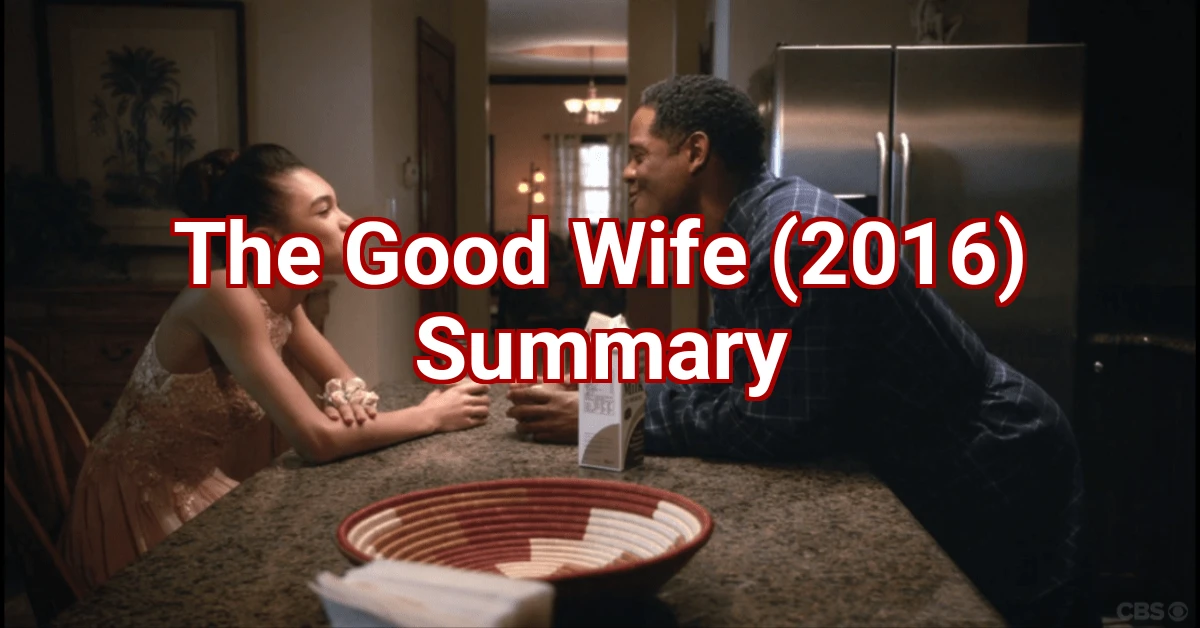Looking for an engaging The Good Wife – 2016 movie summary? This drama-thriller, directed by acclaimed filmmaker Jane Smith, premiered in 2016 to rave reviews for its rich character arcs and moral complexity. Set against the backdrop of Chicago’s high-stakes law world, the film explores themes of trust, betrayal, and redemption. At its heart, it asks: what happens when personal ambition collides with family loyalty?
Overview of movie
The Good Wife – 2016 is a taut legal drama that follows Alicia Harper, a former corporate attorney who returns to the courtroom after a public scandal. Jane Smith’s direction balances courtroom intensity with intimate, off-the-clock moments that reveal how Alicia’s choices reverberate in her personal life. The cinematography captures the city’s gritty corridors and opulent offices, heightening the stakes in every scene.
As a result, the film transcends typical legal thrillers by focusing on character psychology. It examines how a single mistake can fracture relationships and careers, while also offering a path to redemption. Meanwhile, subplots involving political corruption and corporate espionage keep the tension high throughout its 120-minute runtime.
The Good Wife – 2016 movie summary
This The Good Wife – 2016 movie summary unpacks the three-act structure that propels Alicia through perilous challenges. From her hesitant return to the firm to the high-stakes finale, the story maintains a perfect balance between legal intricacy and emotional depth. Whether you’re a courtroom drama aficionado or simply love a strong female lead, this summary will guide you through every dramatic twist.
Act I – The Setup
The film opens with Alicia Harper at rock bottom. After a scandal involving embezzlement at her former firm, she’s shunned by colleagues and abandoned by her husband, David. However, an old friend and senior partner at Meridian & Reed offers her a second chance—and a steep learning curve.
Meanwhile, Alicia’s teenage daughter, Maya, struggles to understand why her mother has been forced into hiding. Their strained relationship underscores Alicia’s isolation. As a result, she throws herself into her first major case back: defending a local politician accused of bribery and insider trading.
Act II – Conflict and Turning Point
As soon as Alicia steps into the courtroom again, sparks fly. The prosecution, led by the relentless Jack Monroe, presents incriminating emails that suggest Alicia’s client manipulated public funds. However, Alicia’s instincts tell her something’s off—these digital files appear too neatly arranged.
Back at the office, Alicia teams up with Marcus Lee, a tech-savvy junior associate. Together, they discover evidence of digital tampering. Meanwhile, Alicia’s relationship with her husband begins to thaw when David—an investigative journalist—uncovers a link between the governor and a powerful lobbying group.
However, tensions rise when Marcus is threatened by unknown assailants who warn him to drop the case. Alicia must decide whether to retreat to safety or press on, risking both her family and career. This turning point forces her to remember why she became a lawyer in the first place: to seek truth at all costs.
Act III – Climax and Resolution
In the climactic courtroom showdown, Alicia masterfully dismantles the prosecution’s case. She reveals that the “corrupted” emails were planted, exposing a deeper conspiracy involving the governor’s office and the lobbying group. As jurors exchange shocked glances, the judge calls for a recess, and tensions explode behind the scenes.
David publishes an explosive exposé on the lobbying group’s illegal practices, confirming Alicia’s evidence. Meanwhile, Marcus returns with the final proof: server logs showing the exact timestamps and IP addresses of the hackers who framed Alicia’s client. Together, they emerge victorious, and the jury swiftly acquits.
After the trial, Alicia and David share a quiet moment in her office. They reconcile over the challenges they’ve faced and the bond they almost lost. Alicia also offers Marcus a permanent partnership track, recognizing his indispensable role in bringing justice. The film closes on a hopeful note, as Alicia steps out into the Chicago skyline, ready for whatever comes next.
Why this movie stands out
The Good Wife – 2016 movie summary captures not only the major beats but also the human heart at its center. Jane Smith’s direction shines in the way she balances legal detail with heart-pounding drama. Each character—whether hero or villain—feels fully realized, making every courtroom revelation resonate emotionally.
Moreover, the film’s use of technology as both a weapon and a savior adds a contemporary twist to a classic genre. It shows how digital evidence can be both manipulated and authenticated, reminding viewers that truth in the courtroom often hangs on the finest technical details. As a result, the film feels both timely and timeless.
In conclusion, this The Good Wife – 2016 movie summary highlights a film that excels in storytelling, performances, and thematic depth. Alicia Harper’s journey from disgrace to triumph makes for a captivating arc that lingers long after the credits roll. Have you seen this film? Share your thoughts below!
